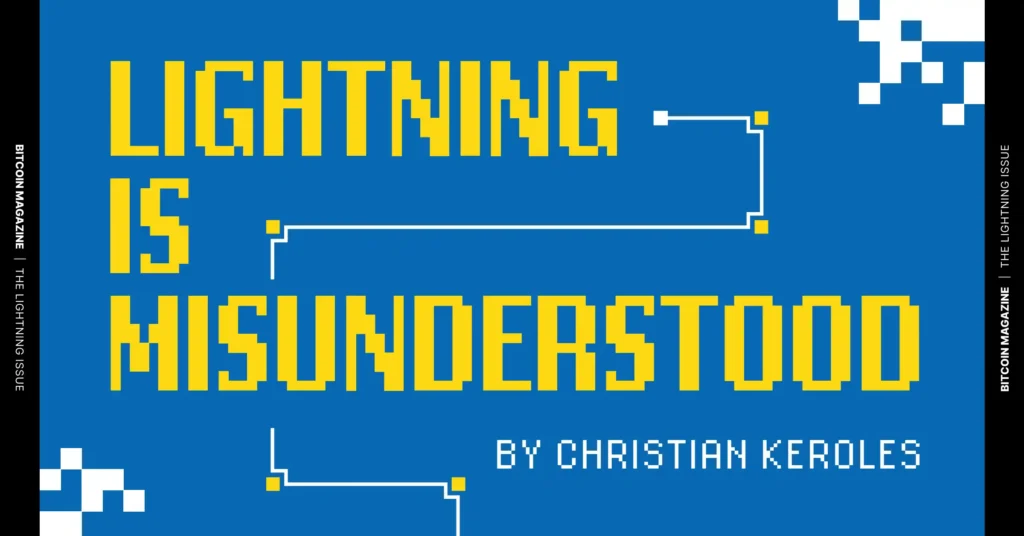
"Many Bitcoiners expected Lightning to be a seamless, plug-and-play extension of the Bitcoin network - just as sovereign, decentralized, and accessible as running a full Bitcoin node. But the reality is more complex. Setting up and maintaining a well-connected Lightning node involves technical skills and capital requirements that most users aren't prepared to manage. This isn't a failure: It's simply a reflection of Lightning's design."
"As a result of these barriers, many users have turned to custodial solutions to access Lightning's benefits. Custodial wallets and neobanks like Strike, Blink, Wallet of Satoshi, Cash App and others offer features such as Lightning URLs, instant low-fee transactions, and the kind of reliability and user experience people expect from full-featured, banking-style apps. To some, this reliance on custodians feels like a compromise, and in a way, it is. But more importantly, it reveals something often overlooked: Running Lightning infrastructure isn't meant for everyone."
Lightning Network offers high potential for fast, low-fee Bitcoin payments but requires technical expertise and capital to run a well-connected node. Early grassroots efforts and visions for Lightning Applications raised expectations of a plug-and-play, sovereign extension of Bitcoin, yet practical realities impose barriers for most users. Many users therefore rely on custodial wallets and neobanks like Strike, Blink, Wallet of Satoshi, and Cash App to access instant, reliable Lightning payments. Dependence on custodians represents a compromise but reflects that running Lightning infrastructure suits enterprise-grade operators rather than every individual user. Critics who call Lightning a failure overlook its role as robust infrastructure.
Read at Bitcoin Magazine
Unable to calculate read time
Collection
[
|
...
]